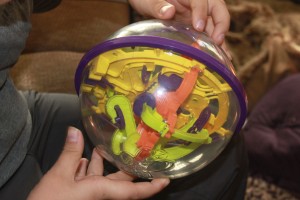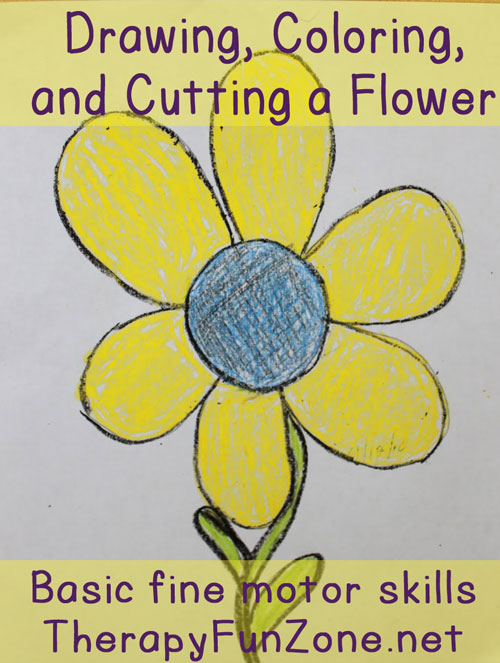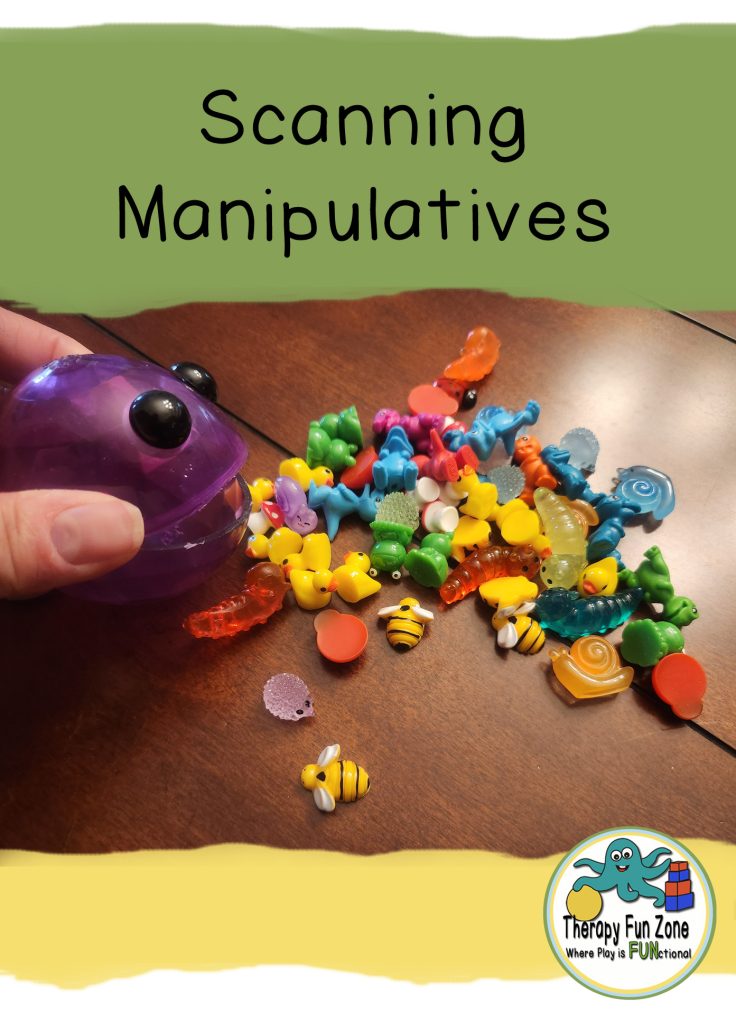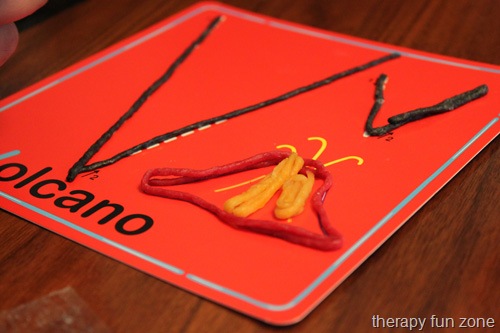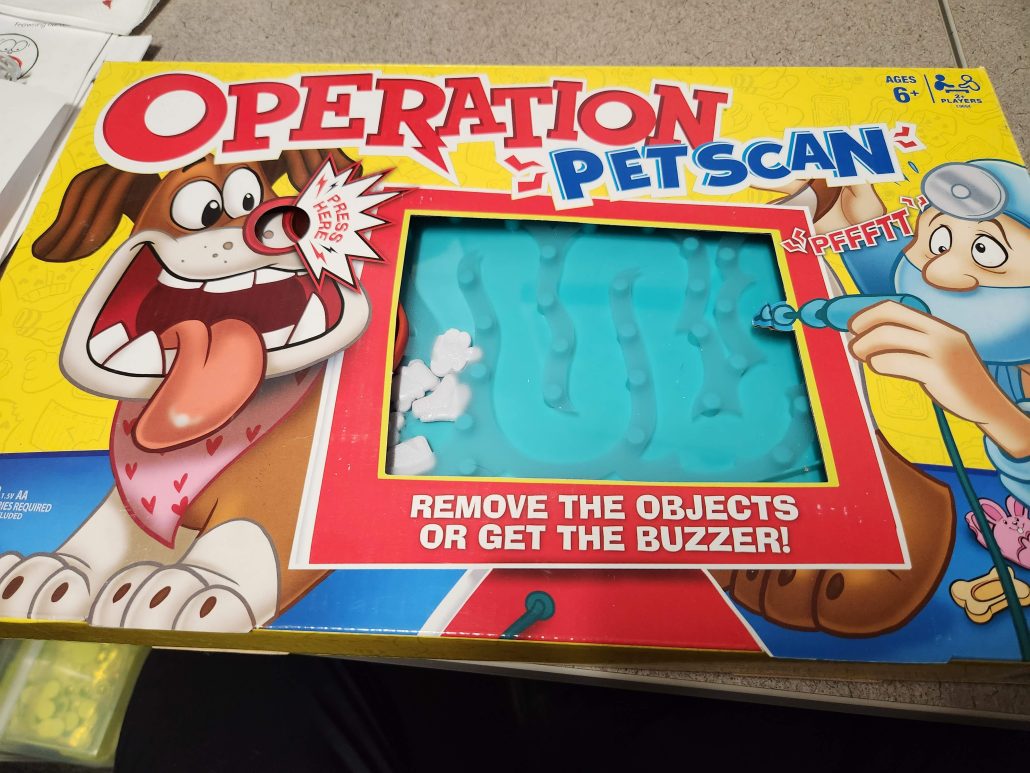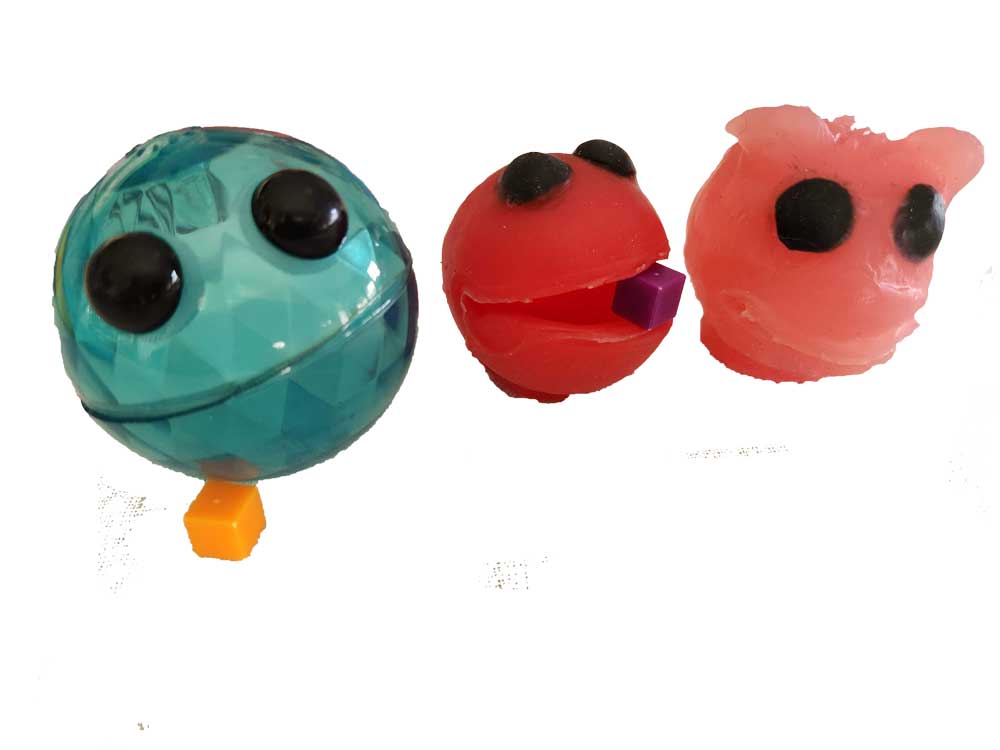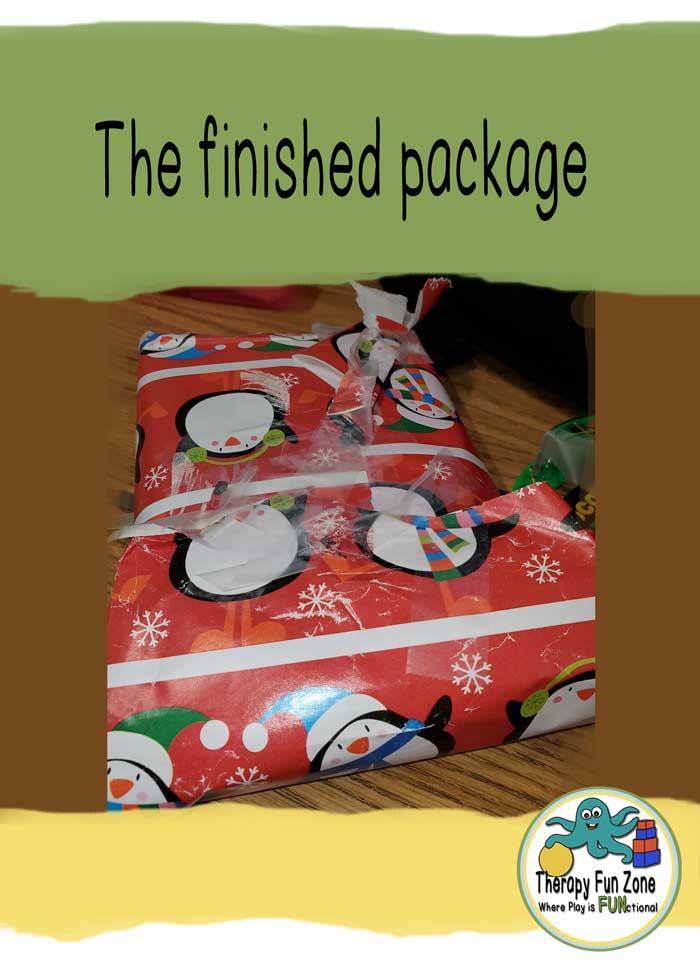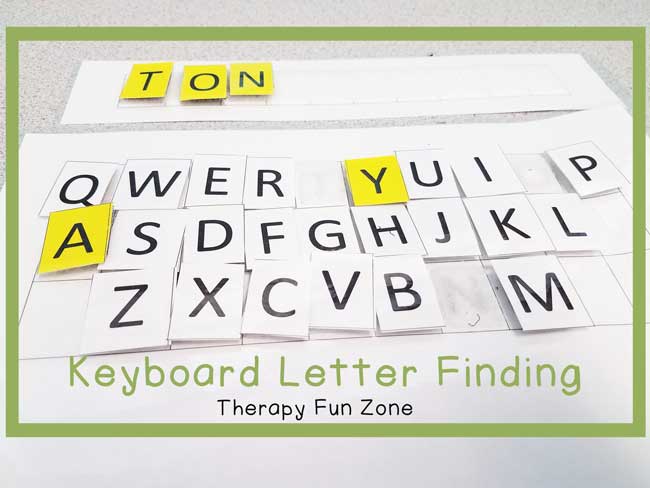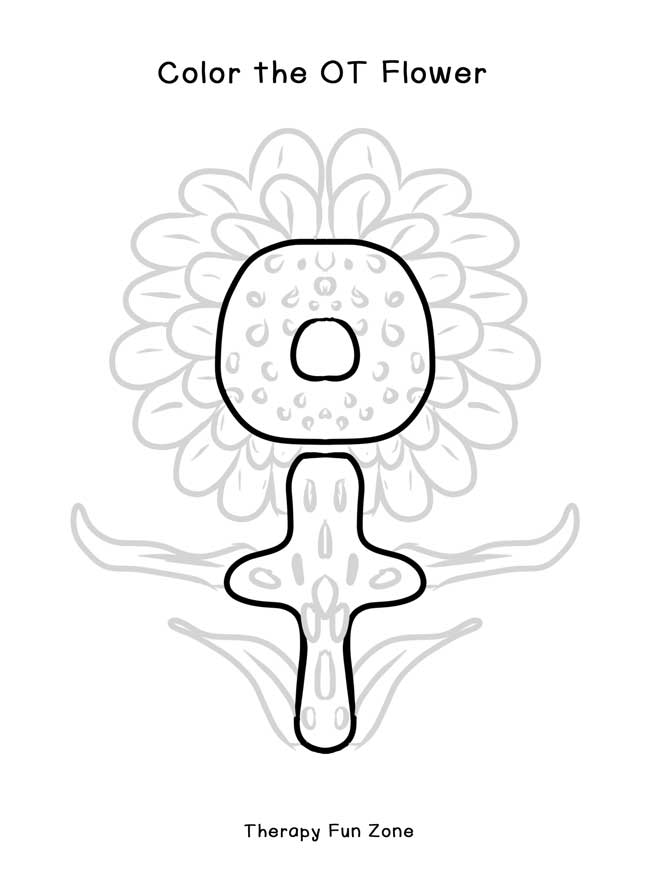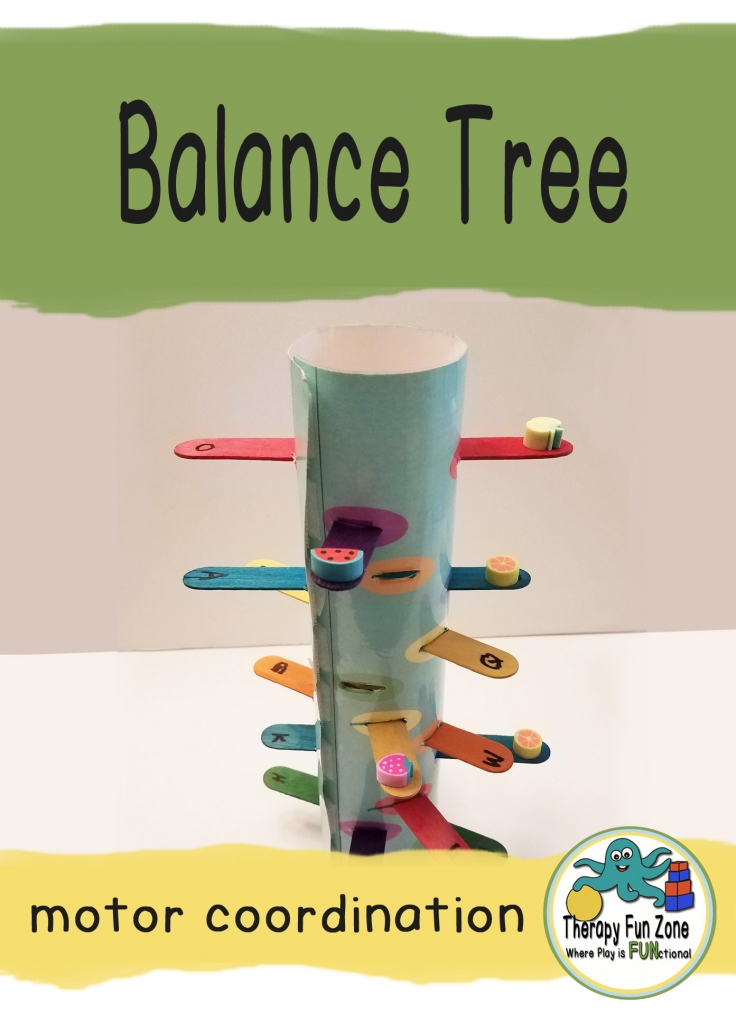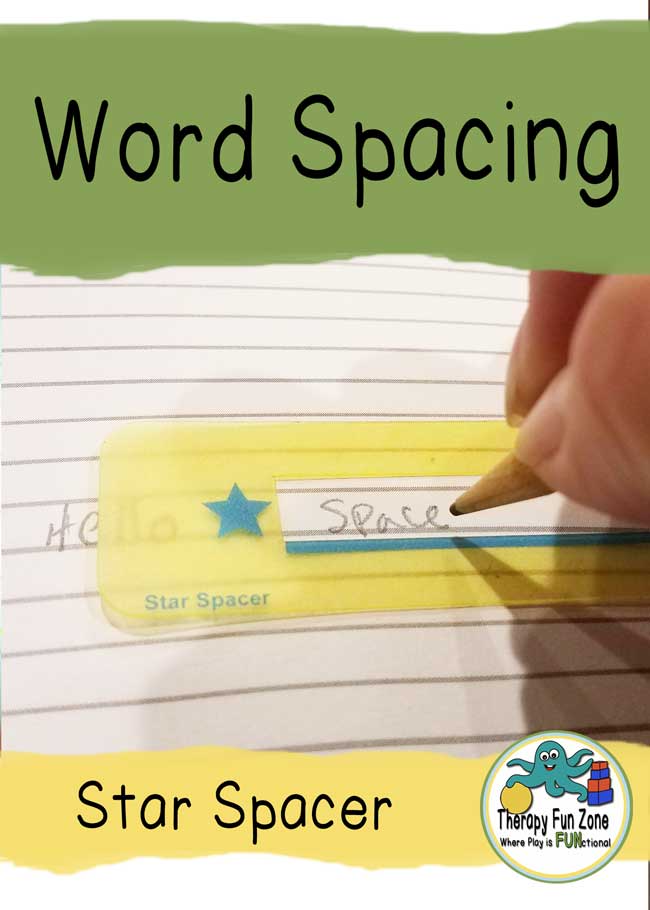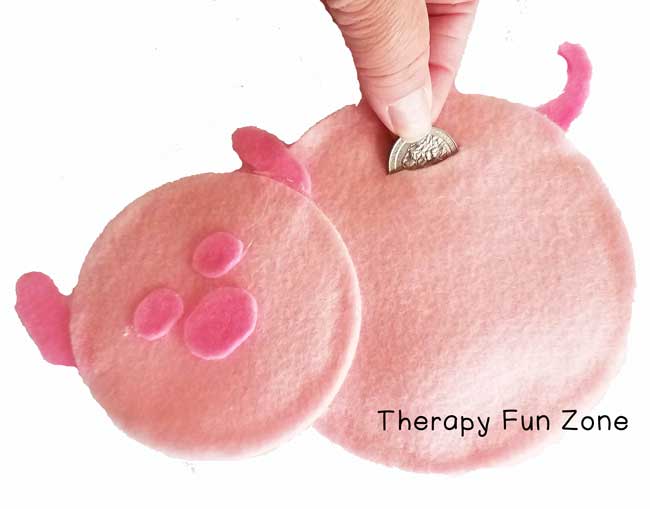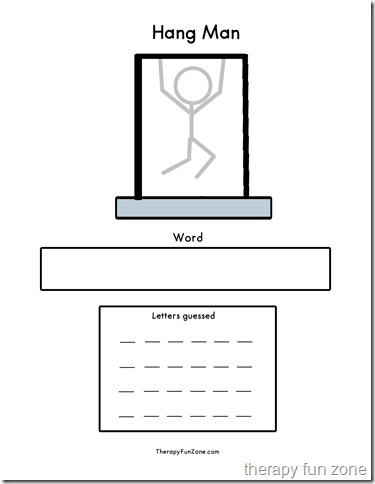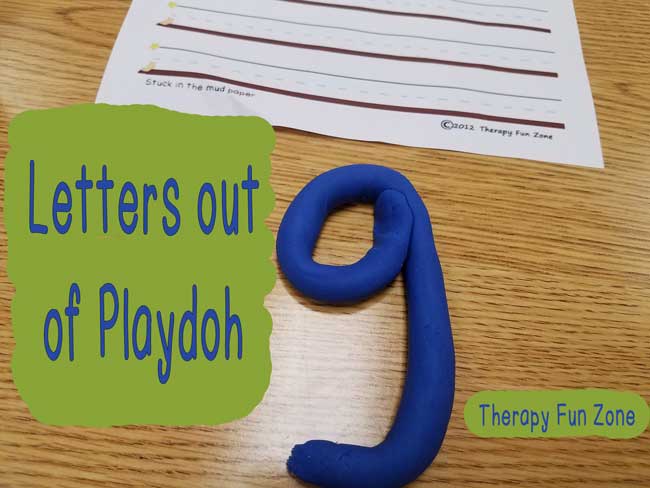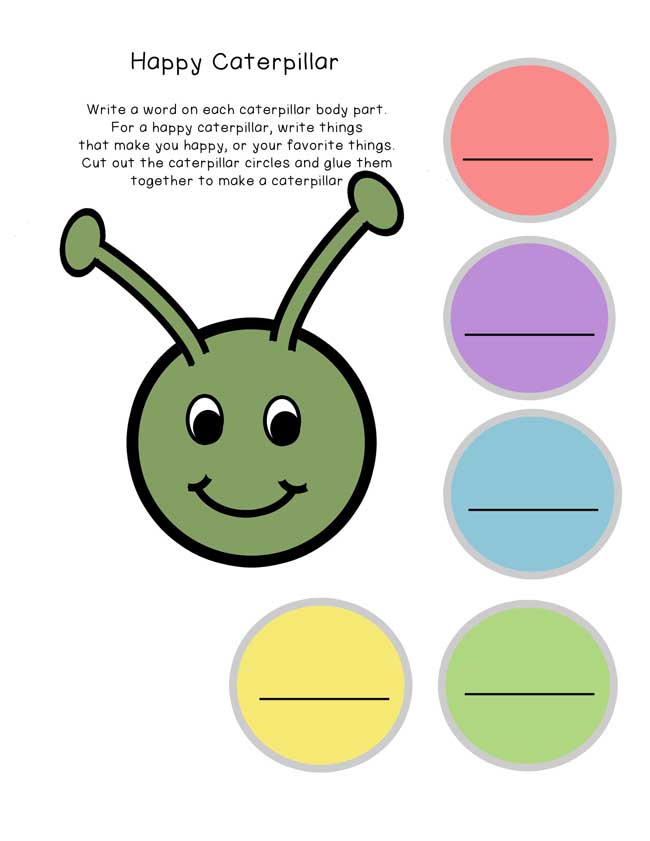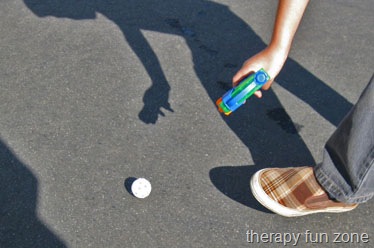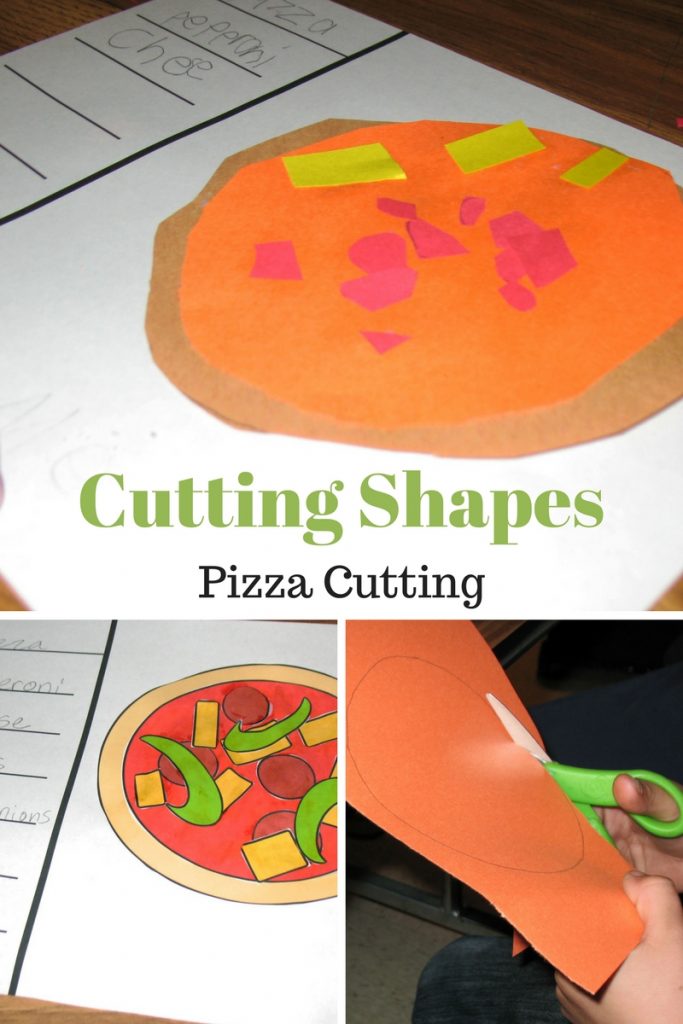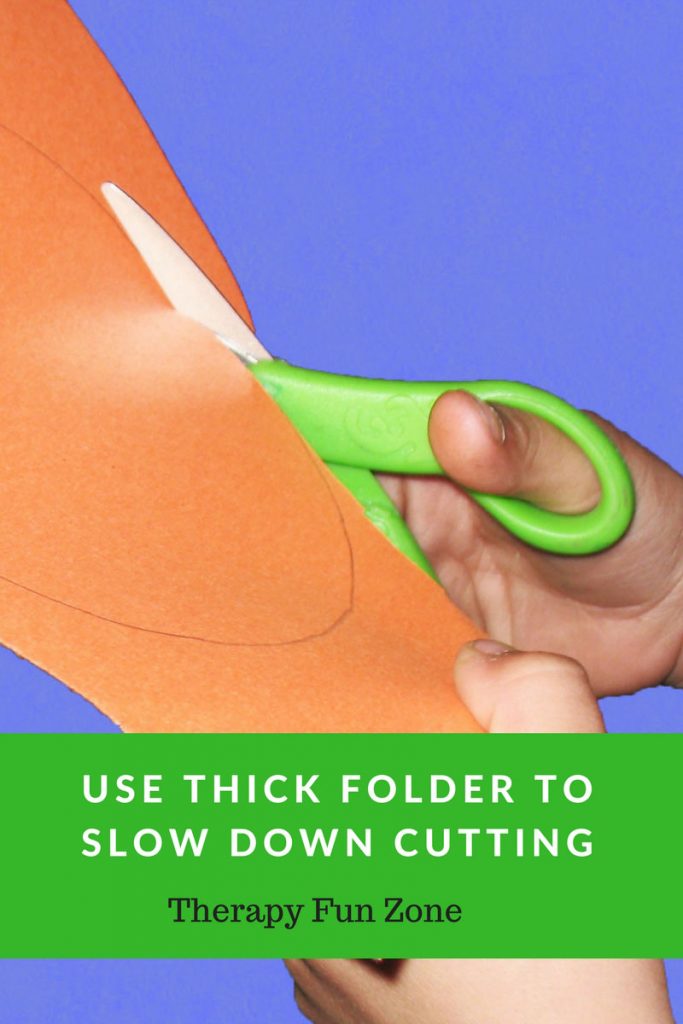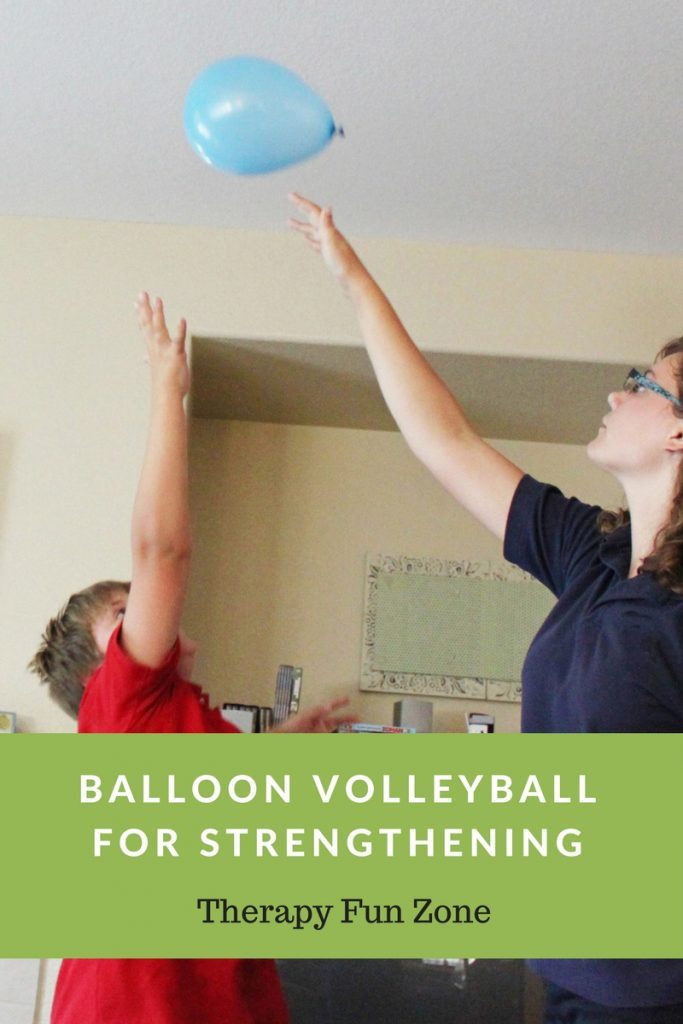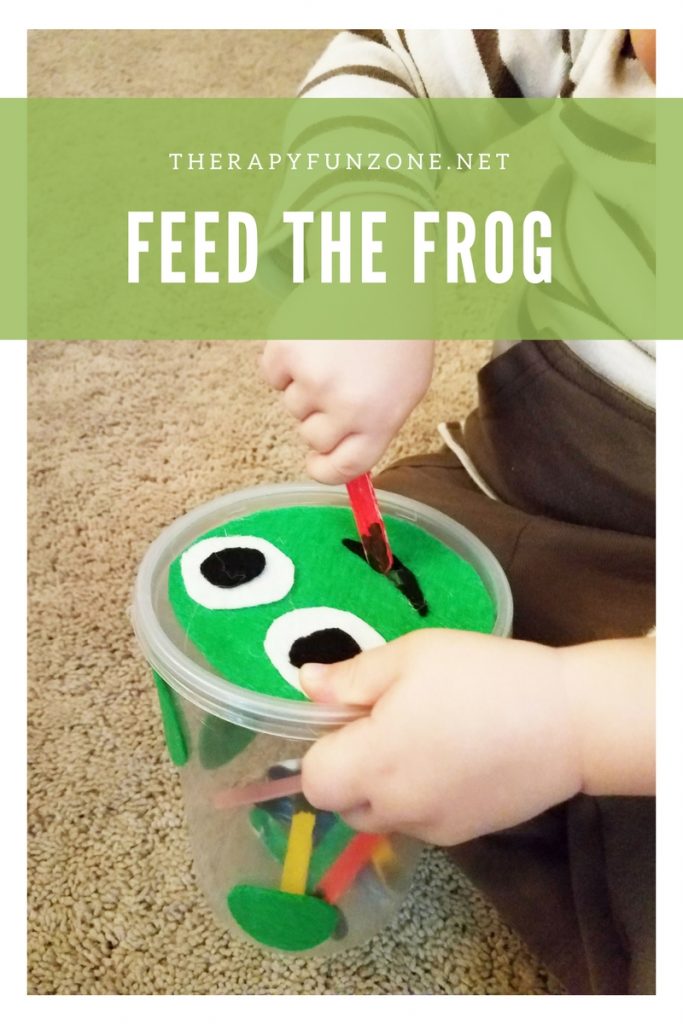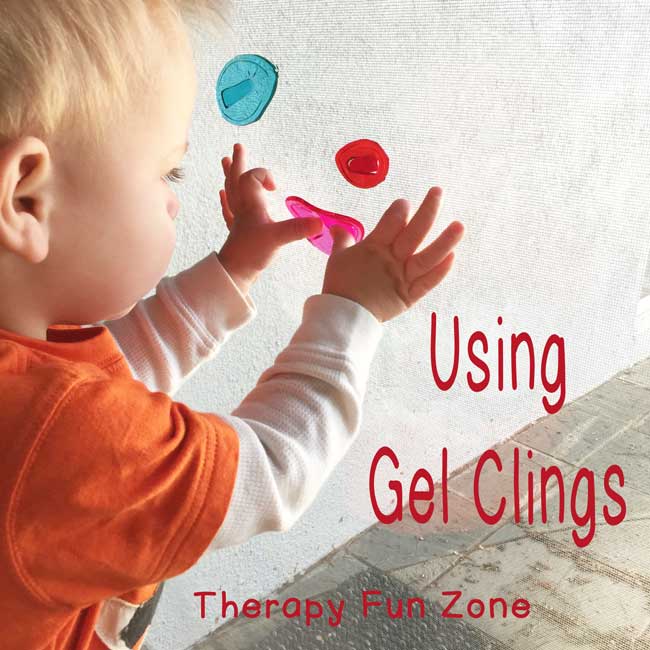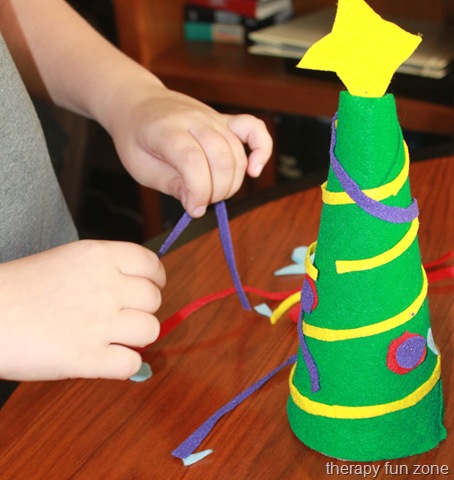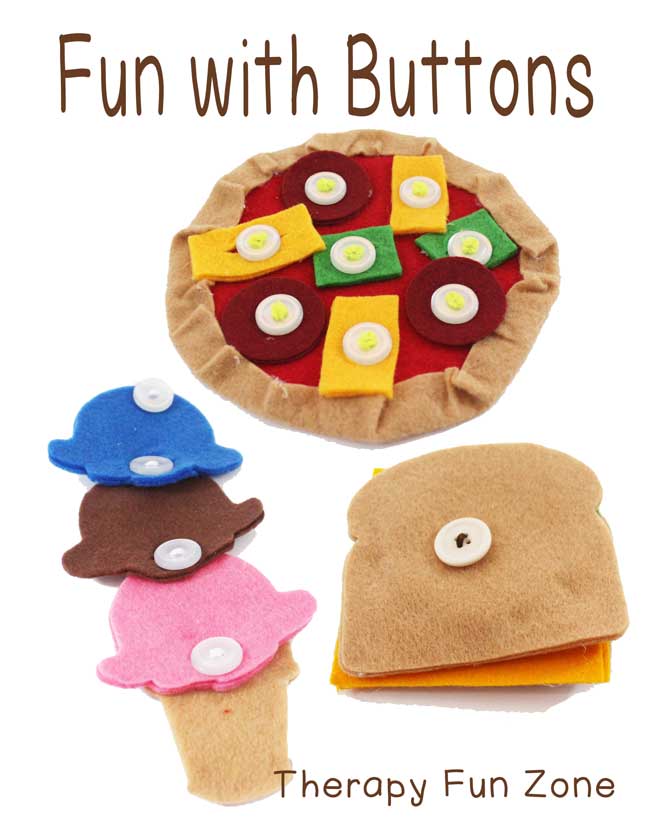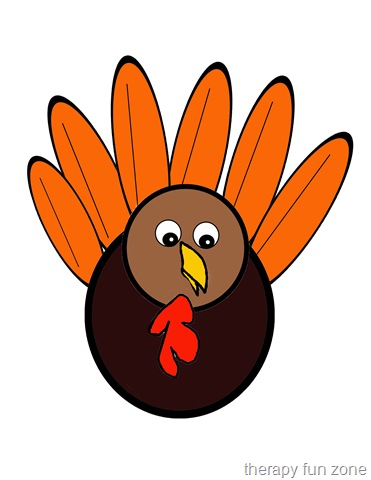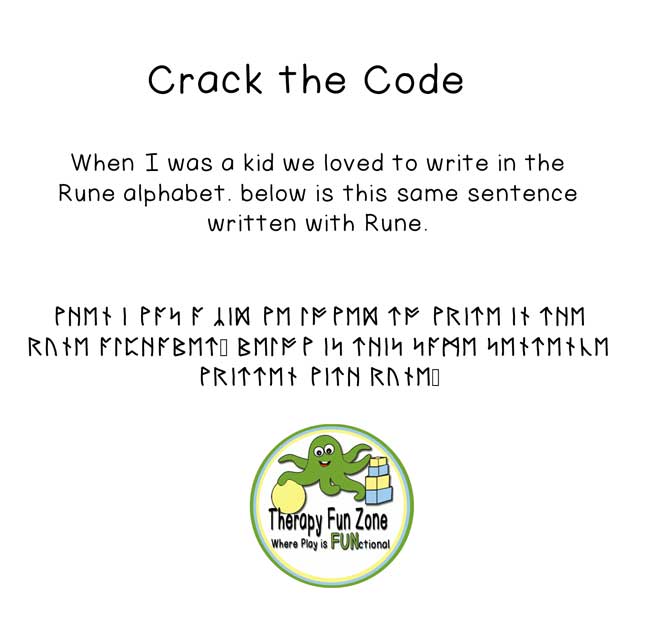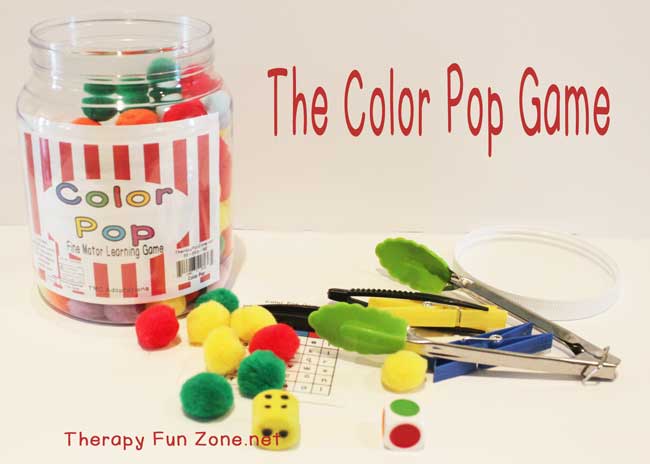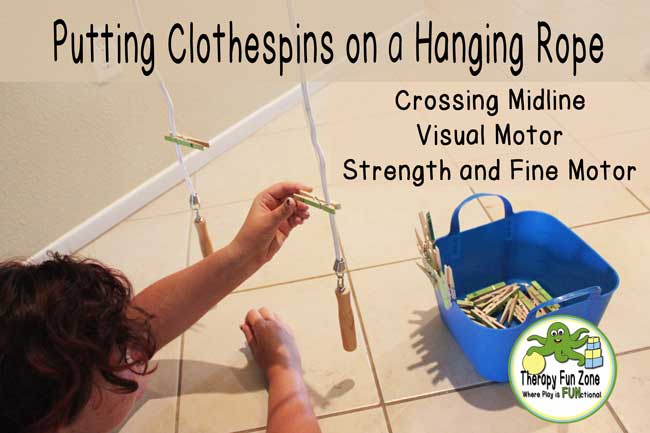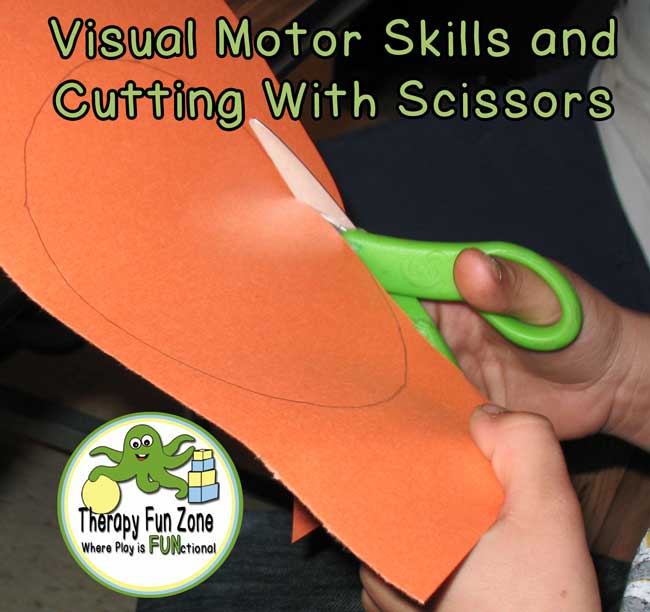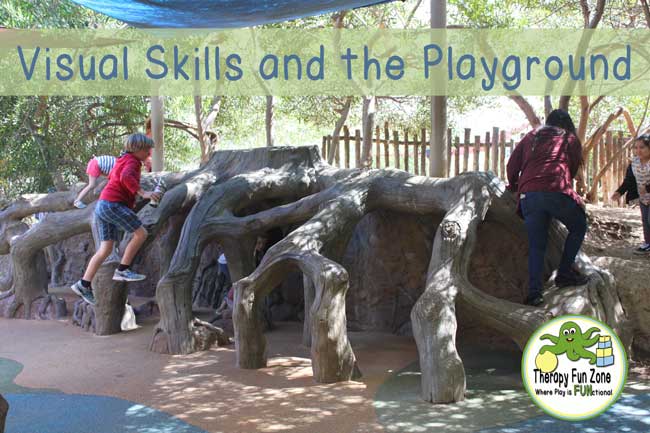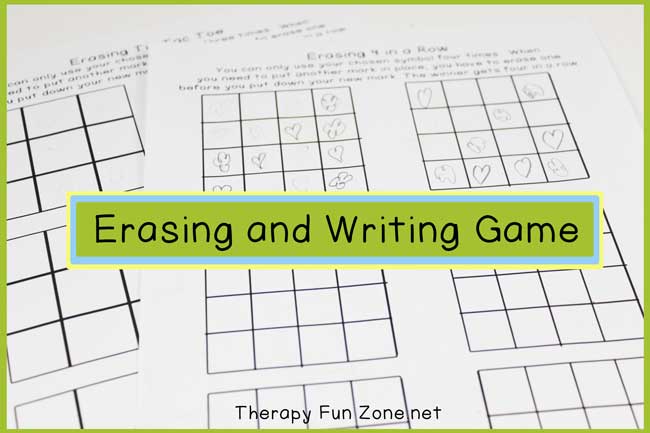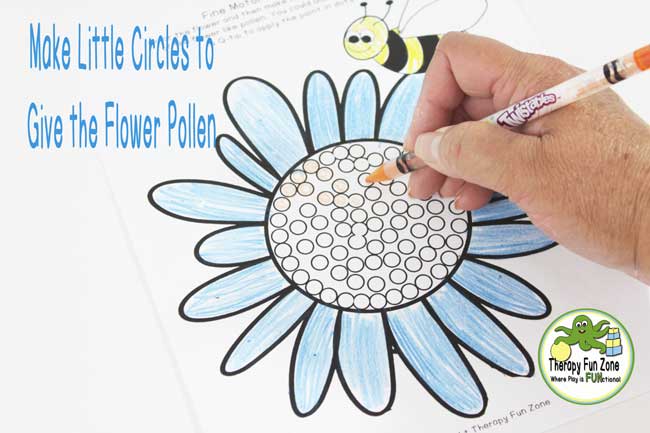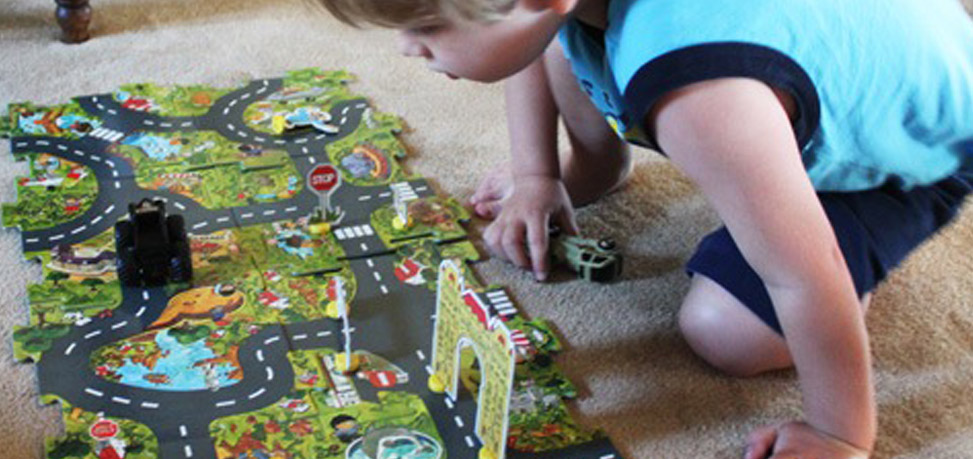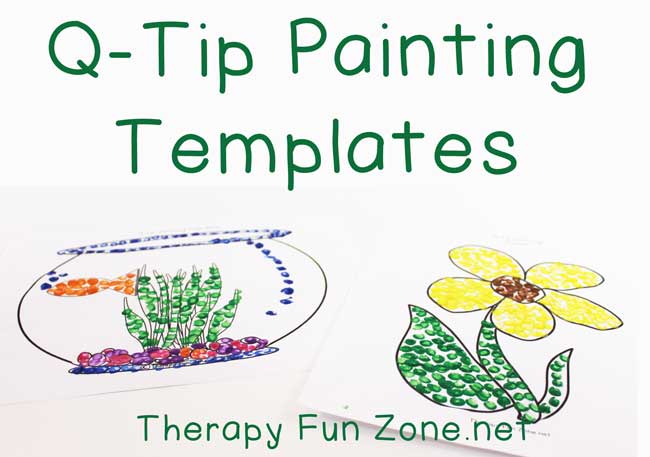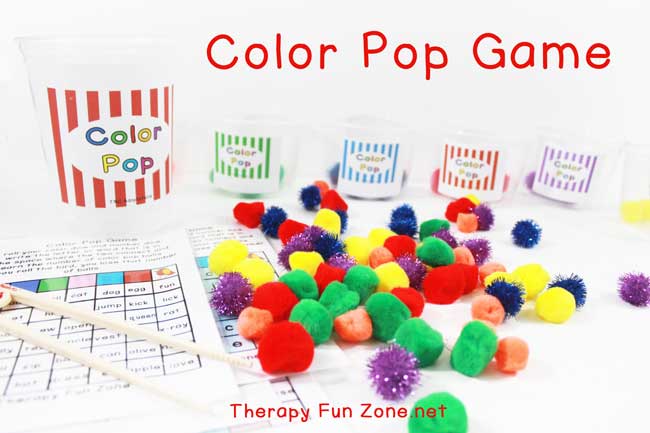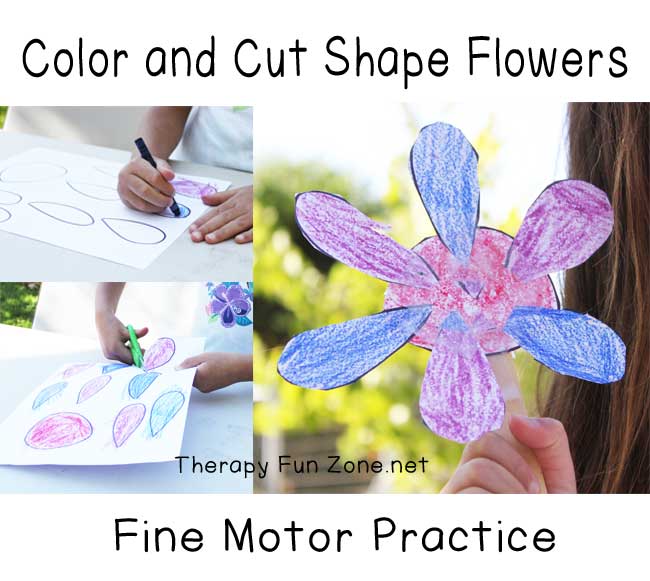Visual Perceptual Skills
Here is a home/class program for visual perceptual accommodations
Some good websites to check out are:
www.eyecanlearn.com. It has good visual activities.
You can find some visual perceptual activities in the shop as well.
Visual Spatial Relations: The ability to determine that one form or part of a form is turned in a different direction than the others.
Can cause problems with:
- difficult for the child to plan actions in relation to objects around him/her;
- difficulty with spatial concepts such as “in, out, on, under, next to, up, down, in front of.;”
- difficulty differentiating between “b, d, p, q;”
- leads to poor sight vocabulary;
- contributes to difficulty reading charts, maps and diagrams;
- results in inconsistent symbol reversals and transposing numbers or letters
- losing place on a page;
- difficulty finding what is being looked for,
- attending to a task,
- remembering left and right,
- math computations if more than one digit;
- forgets where to start reading.
Activities to do:
- navigate through an obstacle course
- copy 3-D block designs
- place plastic letters into a bag, and have the child identify the letter by “feel”
- identify numbers or letters that have been made incorrectly in several places, and the child has to identify each place the letter has an error (you can do this on a chalk board and the child can erase the errors and correct them).
Compensatory Strategies:
- graph paper can help with spacing of letters or math problems
- papers with raised lines can help with finding the space of letters or margins.
- visual cues of colored lines on margins or a sticker can be used.
- you can use a “glue” raised line on the margins of a cutting task to help them “feel” where to cut.
- Use visual cues (e.g., colored dot) to indicate place on a map or chart, or puzzle pieces.
- Draw directional arrows to help with directions or placement (e.g., for letter formation).
- Wear something on one arm to indicate direction (e.g., watch on left arm to indicate left direction.
- Allow oral arithmetic.
Sequential Memory: The ability to remember a series of forms and find it among four other series of forms; Visual sequential memory reflects a child’s ability to recall a series or sequence of forms.
Can cause problems with:
- ability to sequence letters or numbers in words or math problems,
- remember the alphabet in sequence,
- copy from one place to another (e.g., from board, from book, from one side of the paper to the other),
- spell,
- perform math,
- retrieve words with reversals or when out of order,
- remember order of events after reading (which affects reading comprehension).
- The child would also tend to forget assignments and forget steps that are shown in an activity.
Activities to do:
- complete word search puzzles that require you to look for a series of letters
- Play games such as Bingo which require you to look for a specific form.
Visual Discrimination: Visual discrimination refers to a child’s ability to differentiate between objects and forms. It gives us the ability to notice subtle differences and to identify if something does or does not belong. For example, this skill is important for identifying and exchanging money, and matching and sorting objects.
Can cause problems with:
- problems in dressing (i.e., matching shoes or socks),
- correcting errors in school work,
- distinguishing similarities and differences in the formation of letters (i.e., letter reversal) or objects,
- discriminating between size of letters and objects,
- matching two dimension to three dimension such as alphabet letters.
Activities to do:
- have them “grade” a paper that has letters formed incorrectly (size or shape) and circle them with a red pen. Only look for size errors first, then formation errors.
- make flash cards with a correct letter on one side and an incorrectly formed letter on the other side. Have the child try to draw the letter correctly, then turn over the card to see if it is right. (Have them write in sand or with finger paint to make it more fun)
- use a popsicle stick with marks on it to help the child figure out what is good sized space in his writing.
- Use a green marker to make marks on the child’s writing sample to indicate good spaces, and a red marker to make lines for poor spacing. When child understands, let them “grade” their own paper.
- have the child identify words or numbers spaced incorrectly on the lines (above or below), and circle the errors with red pen.
- work on size by having them identify words with incorrect capitals inside them.
- work on margins by having the child use a 1” cardboard boarder on top of his paper to visually guide him. Have him grade a paper by marking out any letters outside of the writing margin.
Form Constancy: The ability to see a form and find it among other forms, although it may be sized different or rotated; Visual form constancy reflects a child’s ability to recognize forms, letters, or words regardless of their orientation (i.e., if a form were upside down, sideways, inverted, etc.).
Can cause problems with:
- would make reading difficult as the child might not recognize familiar letters when presented in different styles of print (fonts, size, or color);
- result in being slower to master the alphabet and numbers;
- lead to difficulty recognizing errors;
- cause confusion between “p, q and g”, “a and o”, “b and d”;
- making a transition from printed letters to cursive letters;
- assuming the size of objects regardless of their distance;
- looking at things from an angle;
- understanding volumetric concepts such as mass, amount and quantity;
- recognizing things that should be familiar when environmental conditions change.
- An issue with visual form constancy also reflects attention and focus, which makes it difficult to complete seatwork.
Activities to do:
- Practice building block designs according to a diagram or a model.
- Complete construction-type activities such as Duplo, Lego or other building blocks; K-Nex, or Erector Sets.
Compensatory Strategies:
- give the child what is to be copied on a paper laying flat on their desk, rather than the board,
- or copy from another child’s paper
- try to use the same font or style of letter on handouts as the child is used to in school. (like the “a” here is not like a D’Neilian “a”.)
- when learning a letter form, have the child work in the same plane as it is being taught (they need a vertical board if that’s what you’re using)
- teach them to tilt their head or eyes if they have trouble visualizing something at a certain angle.
Visual Memory: Visual memory reflects the child’s ability to store visual details of what has been seen in the short-term memory. If details aren’t stored, there will also be difficulty accurately recalling, and in some instances reproducing, all of the characteristics of a given item.
Can cause problems with:
- may have problems reproducing figures (letters, numbers, shapes or symbols) from memory causing the child to mix lower and uppercase letters.
- Deficits also influence copying from a text or chalkboard,
- replicating information on worksheets and tests,
- comprehending reading,
- dialing a phone number,
- remembering sight words,
- transferring learned words from one medium to another,
- remembering what was read,
- reproducing figures from memory.
- The child would tend to copy only one letter or number at a time from the board, and would benefit from a visual model of the text to be reproduced (e.g., model placed on desk or on sheet above on the page that child has to copy from, alphabet strip on desk, mini word-wall on desk, etc.).
- Subsequent storage of visual information in the long-term memory is important for performance areas including community mobility – identifying familiar surroundings such as a neighborhood or school campus and successfully navigating one’s way
Activities to do:
- playing games such as Memory.
- if working on recalling formations for letters, have them try to draw it with their eyes closed to remember the shape of the letter.
- Use bendable things such as pipe cleaners to form letters and shapes (because feeling a shape can help them visualize [see] the shape). The letters can then be glued onto index cards, and later the child can touch them to “feel” the shape of the letter.
Compensatory Strategies:
- make verbal descriptions of the letters (m and n have humps)
- placing a memory strip on his notebook or desk, or other area where he has difficulty recalling something.
- if they can use a word processor, have them use spell check to help find misspelled words.
Visual Closure: Visual closure reflects a child’s ability to look at an incomplete shape, object or amount, and fill in the missing details in order to identify what it would be if it were complete. This skill requires abstract problem solving.
Can cause problems with:
- student’s ability to write,
- to use worksheets or test forms that are poorly photocopied,
- copy something if he/she cannot see the complete presentation of what is to be copied,
- complete partially drawn pictures or stencils,
- spell,
- complete assignments,
- complete dot-to-dot worksheets or puzzles,
- identify mistakes in written material,
- perform mathematics (including geometry),
- solve puzzles.
- The child tends to leave out parts of words or entire words, and leaves out parts of worksheets.
Compensatory Strategies:
- Have a completed project placed near the student, as well as step-by-step instructions to complete a novel project.
- Arrange seat placement right in front of the chalkboard, dry erase board, or overhead projector.
- Present cleanly photocopied worksheets and test forms.
- Give student a “helpful hint” about mistakes in order to give him/her a second chance to correct some of the errors, due to his/her difficulty recognizing errors in written material.
- Work with puzzles of any kind. Begin with simple ones and then increase the number of pieces or the type of puzzle (3-D). Make sure the child has the concept of finding and describing the sameness and differences between puzzle pieces (flat, cornered or curved edge, type of color, words or objects on the piece.)
- Complete mazes of increasing difficulty
Figure Ground: The ability to perceive a form and find it hidden in a conglomerated ground of matter; Visual figure-ground refers to the ability to locate and identify shapes and objects embedded in a busy visual environment, or the ability to attend to one activity without being distracted by other surrounding stimuli.
Can cause problems with:
- may have difficulty attending to a word on a printed page due to his/her inability to block out other words around it,
- difficulty filtering out visual distractions such as colorful bulletin boards or movement in the room in order to attend to the task at hand,
- difficulty sorting and organizing personal belongings (may appear disorganized or careless in work),
- over attend to details and miss “big picture”,
- or overlooks details and misses important information (e.g., word recognition, locating one object within a group, finding place on the page or skips pages and sections, noticing punctuation),
- difficulty copying from the board and may omit segments of words,
- difficulty recognizing misformed letters and uneven spacing,
- difficulty with hidden picture activities,
- may lack visual search strategies,
- have difficulty locating a friend on the playground or finding a specific item in a cluttered desk.
- An issue with visual figure ground also reflects attention and focus, which makes it difficult to complete seatwork.
Activities to do:
- Play games such as Bingo which require you to look for a specific form.
- Find hidden pictures in books such as Where’s Waldo, I Spy, or in the Highlights Magazines.
- Find objects in a cluttered room or in a cluttered picture.
Compensatory Strategies:
- when working on a chalk board, make sure it is erased good so that the child has less clutter to look at
- keep their desk clear of distractions
- sit their desk in an area closer to the front to avoid the distractions of other students and their desks. (Use a study carrel if needed).
- eliminate as much of the visually stimulating classroom wall decorations as possible, especially near their desk.
- have the homework area at home in a distraction free place
- keep interesting objects behind closed doors
- don’t have a worksheet cluttered with “cute” decorations
- place a colored place mat under their materials they’re working on
- use a red marker to outline boundaries for coloring, mazes or cutting tasks.
- place only one activity on a page
- make a construction paper screen to block out most of the page, so only the one item is in view.
- when working on puzzles, present one piece at a time, and cover unneeded pieces of the puzzle.

